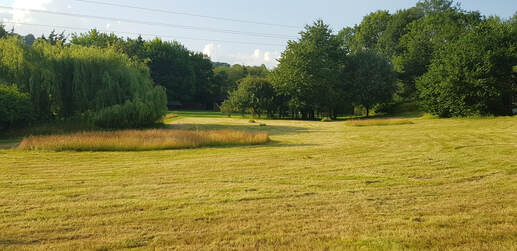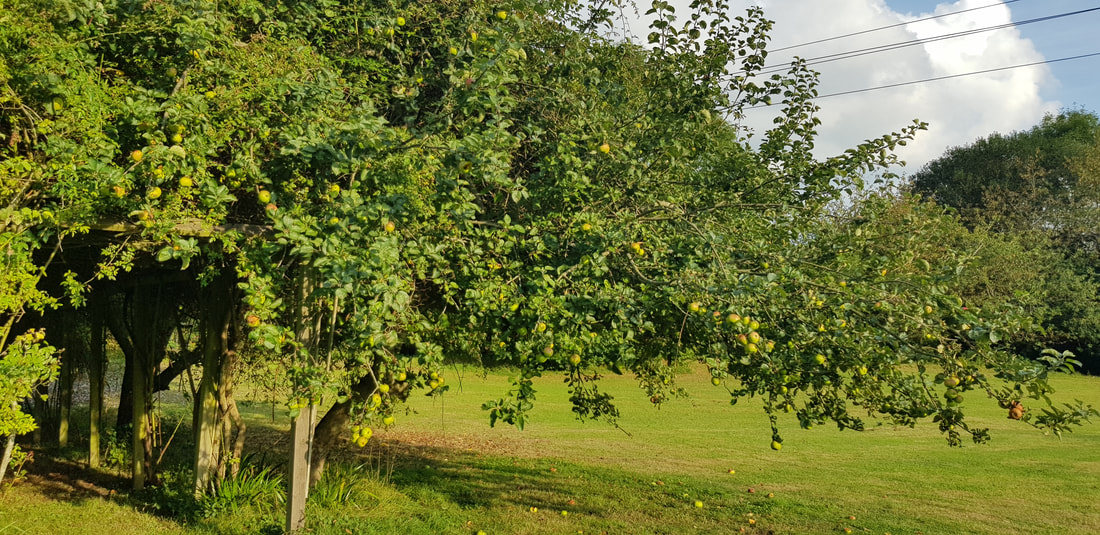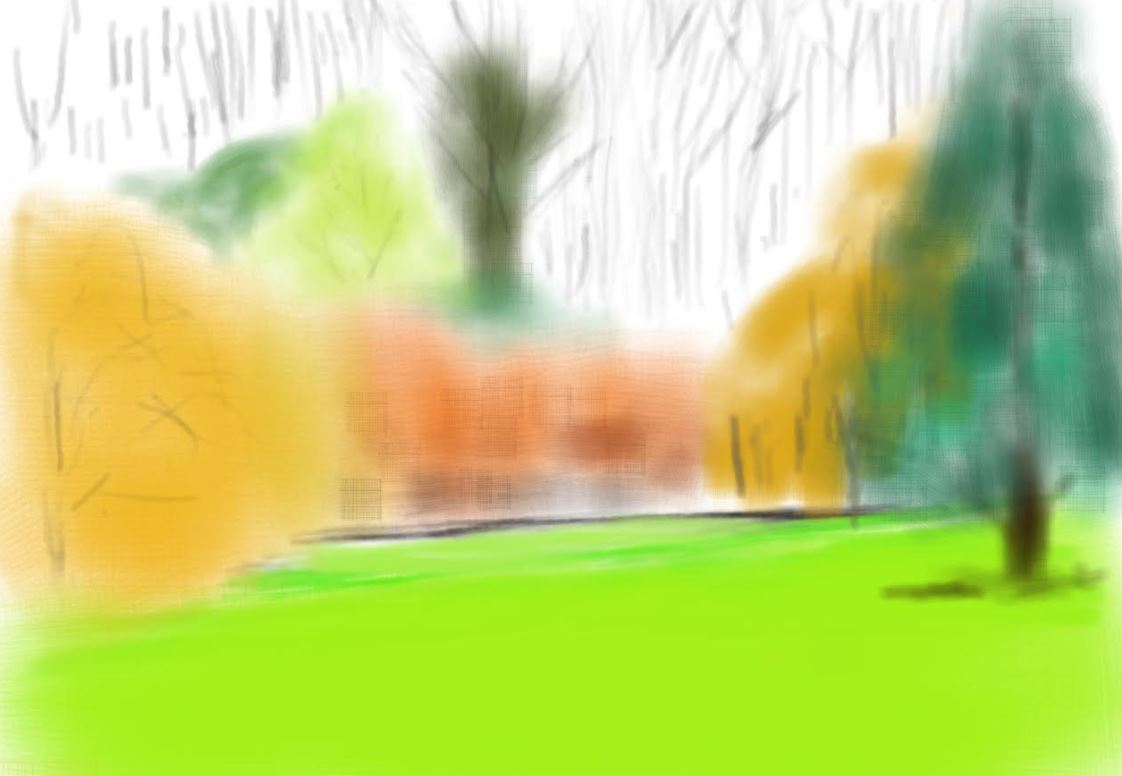| restoring_ecosystem.pdf |
I like to conduct experiments and usually have two or more experiments on the go. One of my experiments this year was to let the grass grow in the garden. A few years ago we let the grass grow by the pond and were rewarded by the most magnificent display of oxeye daisies. This year we decided to conduct a much bigger experiment allowing the grass to grow over a large part of the garden. Normally I cut the grass using a tractor perhaps 10 times a year. It looks neat and tidy but it eliminates the biodiversity that I know must be there if given a chance to grow.
This year I let the grass grow and by early June the oxeye daisies formed a dense beautiful blanket together with many wild flowers – buttercup, dandelion, clover, cowslip, and the most beautiful magenta pyramid orchids to name but a few. Together they create not only a wonderful and uplifting spectacle but they support a thriving community of insects.

I am continuing my experiment as I have left some areas standing to see what happens (my wife called them islands which is a pretty apt description). I am hoping to learn when it’s the best time to mow my garden meadow so that it has maximum environmental benefit. I noticed that there are patches of bare earth in the grass I had cut so I scattered wildflower seeds I have purchased together with oxeye seeds from this year’s crop so hopefully next year they will germinate and flower. I will also use the mowed cuttings as a mulch in other parts of the garden and hope that the seeds it contains will germinate next year.
Reflections: Sometimes all nature needs is a helping hand. Stopping what I normally do - cutting the grass, enabled the plant life that was in the soil to flourish. In doing so I also benefitted a diverse population of insects. Presumably at some time in the past the oxeye daises were allowed to flourish and that is why they have spread so prolifically. I know that my garden was once an orchard so perhaps this was the previous ecosystem which I am seeking to restore. Only one apple tree remains adjacent to the wild flower meadow. After doing a bit of research I discovered that wild flowers were cultivated in orchards to attract insects that would then help pollinate the apple trees. Flowers were an integral part of the orchard ecosystem and once established they would sustain themselves by self-seeding. Through my experiment I had helped restore an orchard ecosystem.
Our one remaining apple tree from the orchard that was once our garden
I have changed a habit and I will repeat and expand the experiment for as a long as we live here. I chose to do something differently at a large scale because I had experimented and experienced something at a small scale and learnt through the process. Perhaps a lot of trying to change practice in response to the SDG’s will involve small scale experiments that we learn from, followed by more significant actions when we are convinced of the value in what we are doing.
One final thought, in writing this story and documenting my experience in text and photos, I have created a story. I have engaged in a creative way with my experiences of being in and being with nature. I can now see that I am as much a part of this new ecosystem as the oxeye daisies for without my help as an enabler the wildflower meadow ecosystem would not have come into existence. Not only am we connected in space and time we are connected in a necessary symbiotic way.



 RSS Feed
RSS Feed